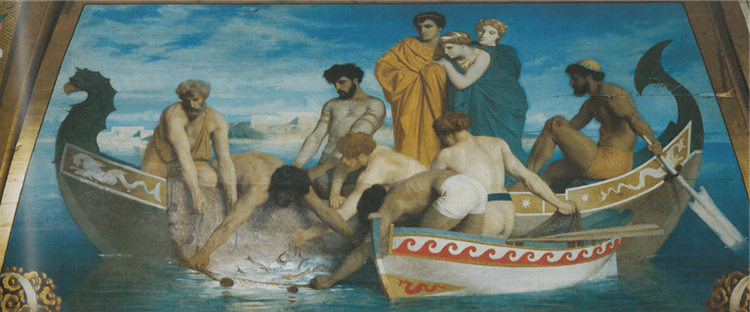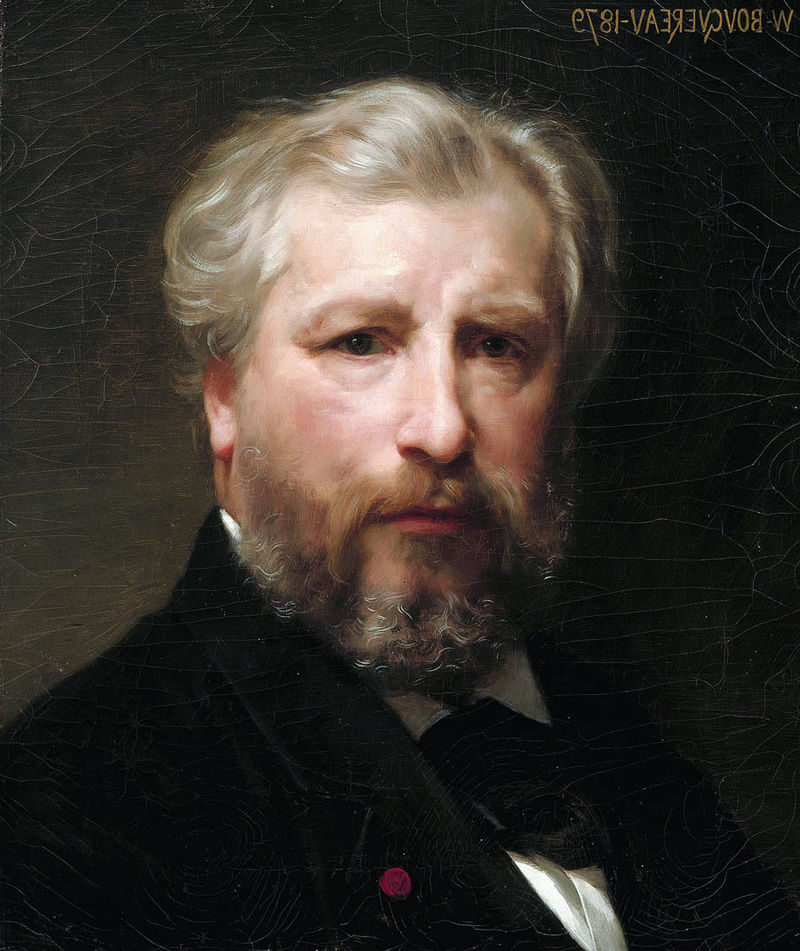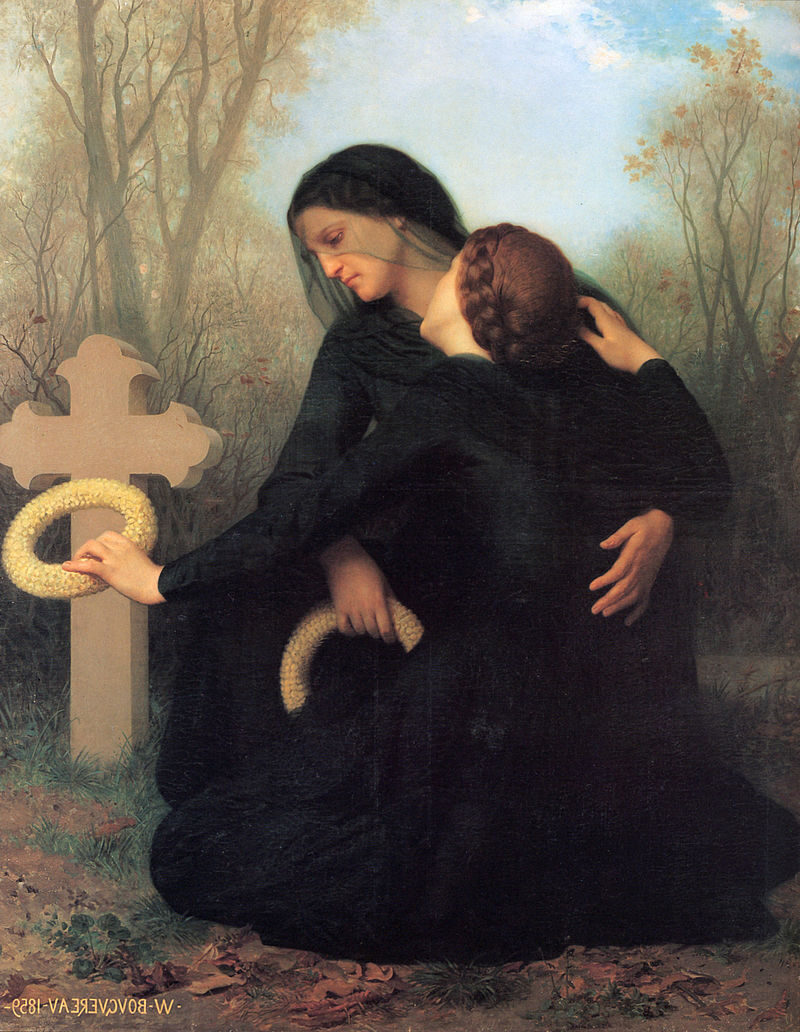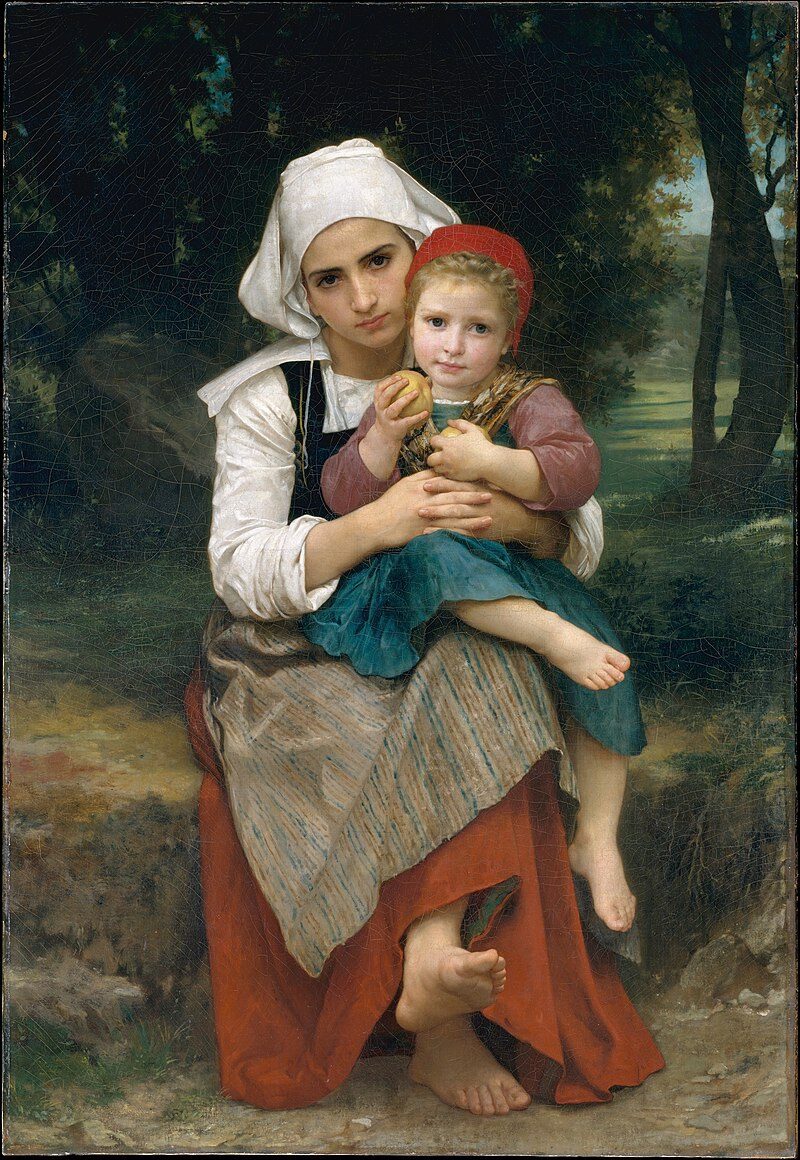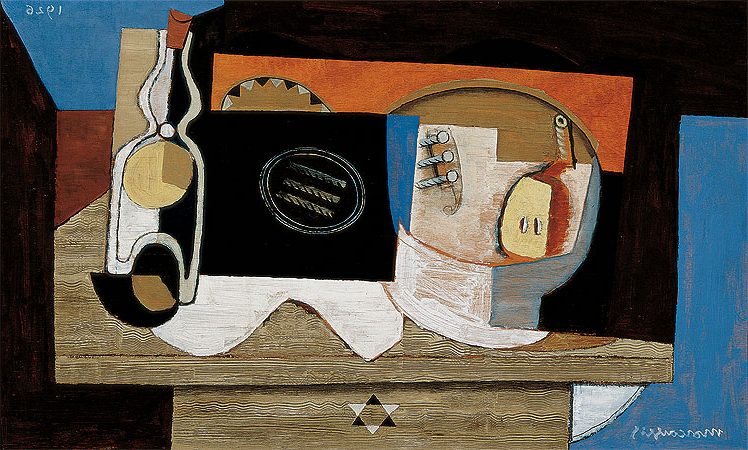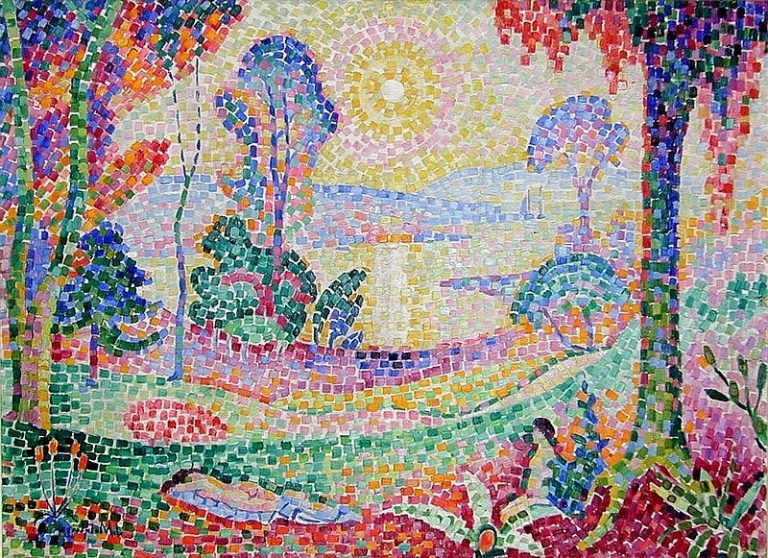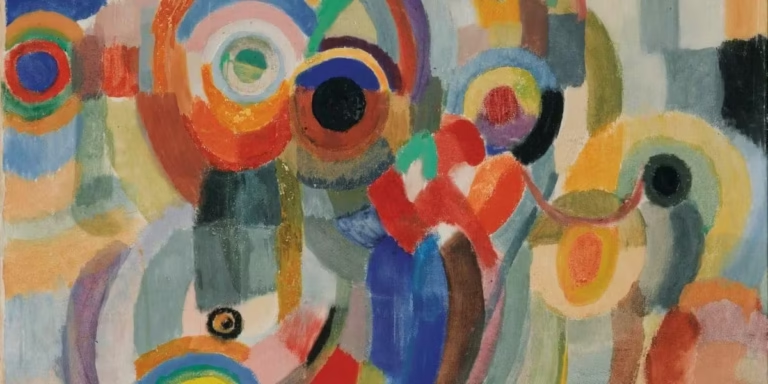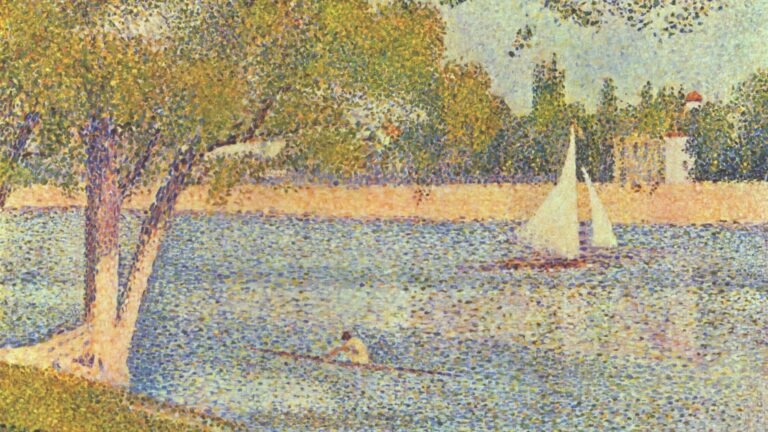Bouguereau Paintings: Masterpieces of Realist Artistry
Born: 30 November 1825, La Rochelle, France
Death: 19 August 1905, La Rochelle, France
Art Movement: Realism, Neoclassicism, Academic art
Nationality: French
Teacher: Louis Sage
Institution: Municipal School of Drawing and Painting and École des Beaux-Arts
Bouguereau Paintings: Masterpieces of Realist Artistry
Life and Career of William-Adolphe Bouguereau
William-Adolphe Bouguereau, a celebrated French academic painter, was renowned for his technical skill and classical themes.
Born in La Rochelle, France, his career was marked by significant achievements, including winning the prestigious Prix de Rome. His relationship with fellow artist Elizabeth Jane Gardner was a notable part of his personal life.
Early Years and Education
William-Adolphe Bouguereau was born on November 30, 1825, in La Rochelle. From a young age, he showed a remarkable talent for art, which his family encouraged.

Nymphaeum (1878) by William-Adolphe Bouguereau
At 12, he began formal training in the principles of figure drawing at the École des Beaux-Arts in Bordeaux.
His early education laid a strong foundation in academic art, focusing on classical themes and mythological subjects, which became evident in his later works.
Bouguereau’s commitment to traditional techniques distinguished his art in an era that saw the rise of new artistic movements.
Prix De Rome and Training in Italy
In 1850, Bouguereau won the prestigious Prix de Rome, an award that allowed promising artists to study in Italy. His time at the Villa Medici in Rome exposed him to classical art, greatly influencing his style.
The Italian Renaissance masters inspired him, and he honed his skills in representing the human form with exquisite detail. This period was crucial in solidifying his career as an academic painter, as he mastered techniques that would define his signature style.
Professional Milestones and Recognition
Bouguereau enjoyed great success during his lifetime, becoming a prominent figure at the Salon, the official art exhibition of the Académie des Beaux-Arts.

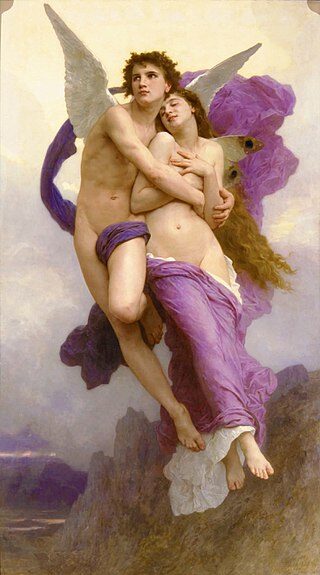
His detailed, realistic depictions of the human body and mythological themes made him one of the most sought-after French painters of the 19th century.
He received numerous accolades throughout his career, including the Legion of Honour. As a teacher at the École des Beaux-Arts and later at the Académie Julian, Bouguereau influenced many young artists, passing on his devotion to skill and detail in painting.
Personal Life and Relationship with Elizabeth Jane Gardner
Bouguereau’s personal life was intertwined with the art world, particularly through his relationship with Elizabeth Jane Gardner, an accomplished American painter.
Gardner, who was also his student, shared his passion for art and mirrored his style in her own works.
Their partnership extended beyond personal relations, as they often collaborated artistically. Bouguereau’s influence on Gardner was profound, though she developed her own reputation in the art community. Their relationship was both personal and professional, marked by mutual respect and shared artistic goals.
Artistic Style and Techniques
William-Adolphe Bouguereau was celebrated for his exceptional skill in creating lifelike paintings. His works are influenced by classical themes, meticulous technique, and the nuanced portrayal of individuals. Each subsection will explore key aspects of his style, including his appreciation of academic painting and his contrast with the Impressionists.
Academic Art and Influence of Classical Literature
Bouguereau’s art is deeply rooted in the tradition of academic painting. He drew inspiration from classical literature, incorporating themes commonly found in Neo-Classical works.


Like the esteemed Raphael and Michelangelo, Bouguereau focused on perfecting form and composition, which is evident in his figure painting.
Embracing the values of realism, he employed precise brushwork to achieve clarity and detail. His respect for Delacroix’s dramatic flair was evident in his ability to balance emotion with structure.
This dedication to classical standards allowed Bouguereau to master the depiction of light and texture, making his characters appear vivid and dynamic.
Contrast with Impressionist Avant-Garde
Bouguereau maintained a firm stance against the Impressionist Avant-Garde, reflecting his preference for the precise techniques of academic painting. He criticized this movement for its perceived lack of structure and loose brushwork, which stood in stark contrast to his refined style.
Bouguereau preferred to stay true to classical subjects, emphasizing clear lines and realistic representation.
Realistic genre paintings remained his forte, allowing him to showcase his mastery of form and delicate nuances. This divergence in artistic values deepened the divide between Bouguereau and the impressionists, contributing to his distinction as a classicist.
Portrayal of the Female Human Body
One of Bouguereau’s most prominent traits was his portrayal of the female human body. His pieces often featured women with ethereal beauty, painted with soft, luminescent tones.

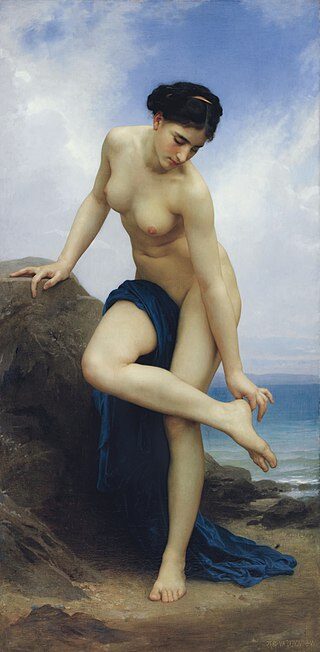
The meticulous attention to skin tones and textures gave his subjects a natural and lifelike presence.
His approach blended idealism with realism, capturing both grace and authenticity. This technique allowed Bouguereau to convey a sense of purity and innocence.
His figures seemed to glow, embodying both perfection and an earthly connection. This dedication to detail elevated his works, making them iconic.
Use of Mythological and Religious Themes
Mythological and religious themes were integral to Bouguereau’s art. He explored these classical subjects with a keen eye for composition, often creating paintings that conveyed stories from ancient myths and Christian narratives.
His mythological subjects were elegantly executed, offering a modern interpretation while respecting historical tradition.
By embracing these themes, Bouguereau blended the past and the present seamlessly. His religious paintings emphasized serenity and devotion, depicted through careful arrangements and harmonious color palettes.
Notable Works and Contributions
William-Adolphe Bouguereau left a significant mark in the art world with his mastery of Neoclassical style infused with realism. His paintings often portrayed mythological subjects while emphasizing the human form. He was a key figure in the Paris Salon and his works reside in major museums.
Famous Painting: The Birth of Venus
The Birth of Venus is one of Bouguereau’s most celebrated paintings. It shows Venus emerging from the sea on a shell, a reinterpretation of a famous myth.


The use of soft colors and detailed human anatomy highlights his skill. This masterpiece, reflecting a blend of Neoclassical and realistic style, embodies grace and beauty, echoing elements reminiscent of Renaissance artists.
Genre Paintings and Portraits
Bouguereau created numerous genre paintings and portraits that became popular in France and the United States. Works like The Elder Sister and The Nut Gatherers showcase scenes from daily life with remarkable detail and emotion.
Employing oil paints, he beautifully portrayed subjects, including peasants and shepherds, creating timeless pieces. His skillful brushwork and realistic portrayal earned him widespread acclaim.
Presence in Museums and Influence on Modern Art
His art is well-represented in prestigious museums. The Musée d’Orsay hosts several works, demonstrating his influence on both classical and modern art.
As a prominent Salon Painter during Napoleon III’s era, his impact extended to later artists seeking to blend classical elements with modern interpretations. Bouguereau’s technique continues to inspire to this day.
Legacy and Critical Reception
William-Adolphe Bouguereau remains a central figure in discussions about 19th-century art, with his work often sparking debate among experts. Critics and art historians continue to analyze his influence, especially in Academic Art. Bouguereau’s role as a teacher at the Académie Julian and his connections to young artists also add depth to his legacy.
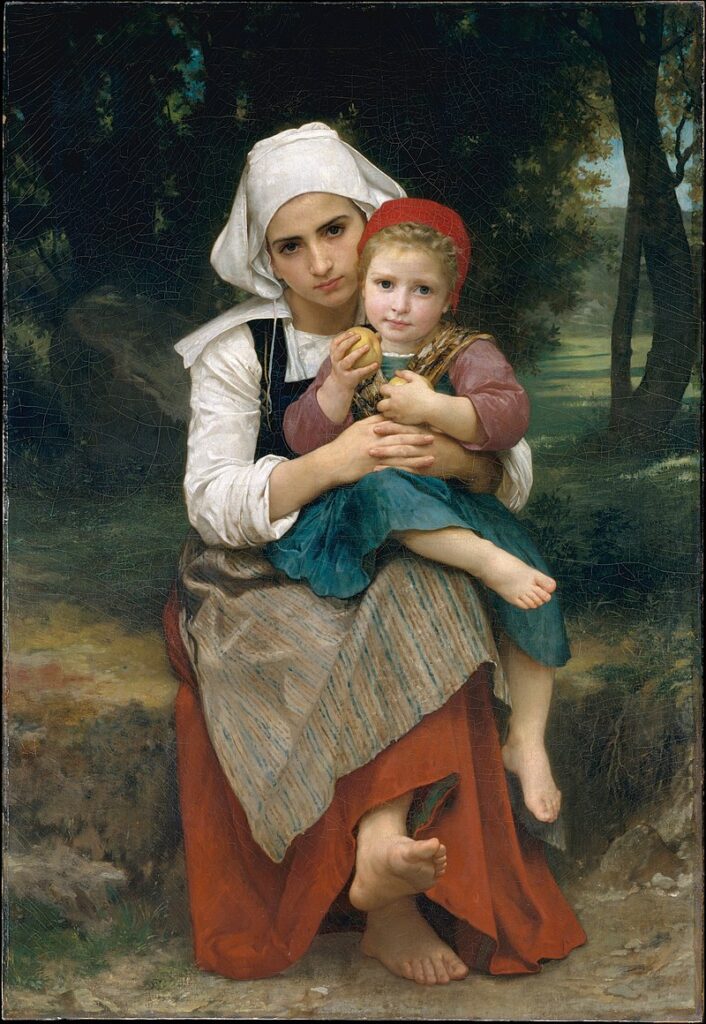

Debate Among Critics and Historians
Bouguereau’s impact on the art world prompted much discussion. While adored for his technical skill and classic beauty, some critics view his work as overly sentimental.
He faced criticism, particularly from the Avant-Garde Art movement and Impressionists, who valued innovation and saw his style as antiquated.
His participation in the Salon des Refusés highlights his opposition to emerging styles. Art critic Richard Muther critiqued him for lacking emotional depth. The enduring difference in opinion ensures a complex evaluation of his contributions. Even today, opinions about his art often diverge, reflecting on stylistic preferences and the evolution of art taste.
Reevaluation in the Context of Art History
With time, the perception of Bouguereau’s work has shifted. Initially, his work was overshadowed by avant-garde movements supported by figures like Paul Durand-Ruel.
More recently, scholars recognize his technical proficiency and his dedication to classical themes.
This reevaluation considers his place within Academic Art, appreciating how he maintained traditional skills during a time of dramatic change. His paintings, once seen as outdated, are now appreciated for their craft and technique. Such reassessments underscore a broader acceptance and understanding of varying styles and their role in art history.
Role as an Educator and Mentor
Bouguereau’s influence extends beyond his paintings; he was a significant educator and mentor. Teaching at the Académie Julian, he shaped many aspiring artists.
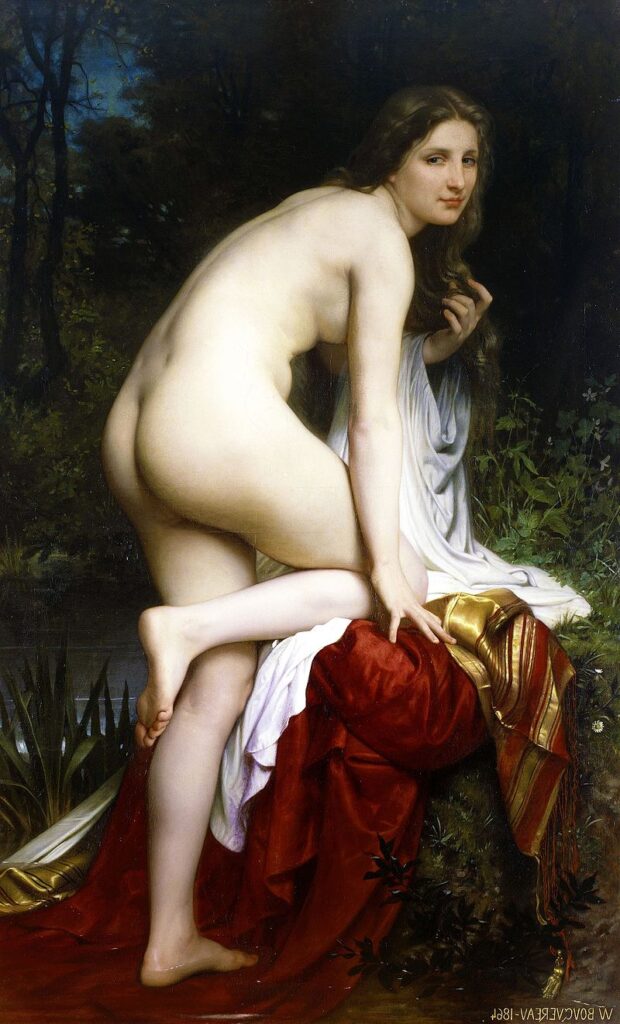
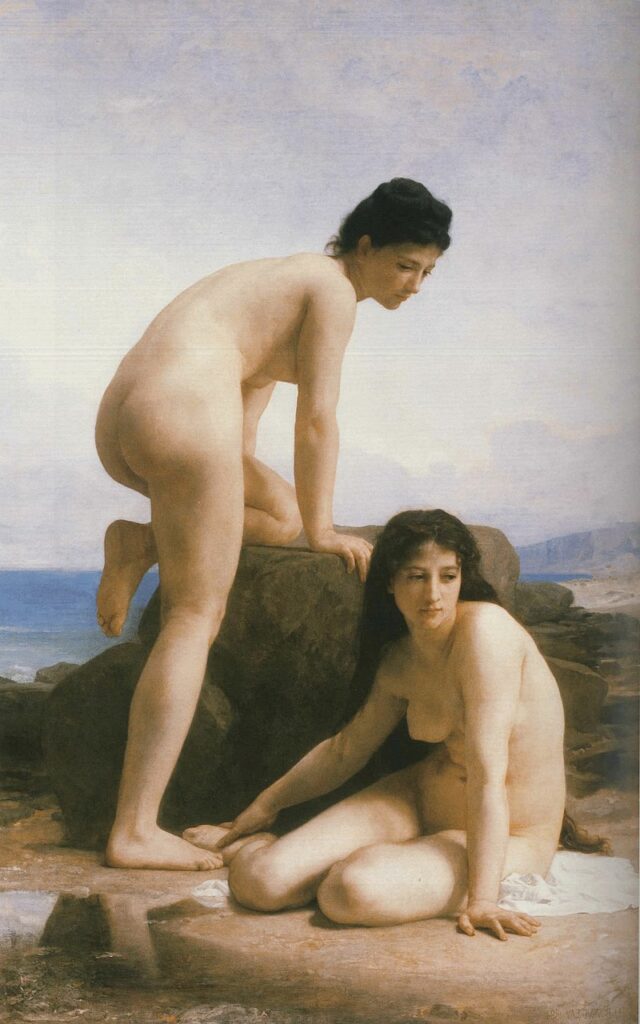
His role as an educator ensured that the skills and techniques of Academic Art were passed down to future generations.
His mentorship provided students with a solid foundation in classical art, despite trends shifting towards Impressionism and other avant-garde movements. Bouguereau’s dedication to technique and classical art formed lasting networks among artists. His legacy as both an artist and educator highlights the breadth of his impact on the art world.
Frequently Asked Questions
William-Adolphe Bouguereau is known for his polished and realistic style, depicting mythological and religious themes. His artworks have distinctive features and are influenced by his personal beliefs. Bouguereau achieved success and recognition during his lifetime.
What are the distinguishing characteristics of William-Adolphe Bouguereau’s paintings?
Bouguereau’s paintings are marked by their realistic style and idealized subjects. His works often portray mythological and religious themes with grace and elegance. He is also known for his skillful use of light and shadow to create a lifelike appearance.
How do Bouguereau’s works compare with those of his contemporary Alexandre Cabanel?
Both Bouguereau and Cabanel were prominent figures in the academic art world. Bouguereau is often noted for the emotional depth in his works, while Cabanel focused more on smooth and idealized forms. Both artists shared a fascination with classical themes.
Where can one find William-Adolphe Bouguereau paintings for sale?
Bouguereau’s paintings can occasionally be found at fine art auctions or through private art dealers. Museums around the world also hold some of his works in their collections. Interested buyers should research reputable auction houses and galleries.
Can you elaborate on the symbolism found in Bouguereau’s ‘The Birth of Venus’?
In “The Birth of Venus,” Bouguereau depicts Venus emerging from the sea, symbolizing beauty and love. The painting reflects the classical ideal of feminine grace and divine beauty, themes common in Bouguereau’s work, drawing inspiration from mythology and artistic traditions.
In what ways did Bouguereau’s religious beliefs influence his artwork?
Bouguereau’s religious paintings reflect a blend of realism and idealization. He often depicted biblical figures with grace and reverence. His religious beliefs influenced his portrayal of divine subjects, combining classical beauty with spiritual themes.
What is the estimated number of paintings completed by Bouguereau during his lifetime?
Bouguereau created approximately 822 paintings throughout his career. This prolific output highlights his dedication to his craft. His works continue to be celebrated for their technical excellence and enduring appeal.

